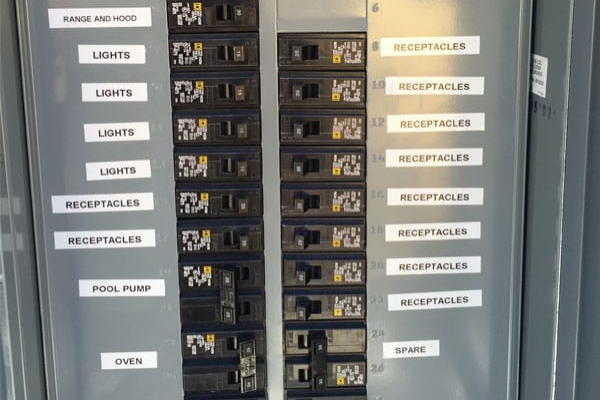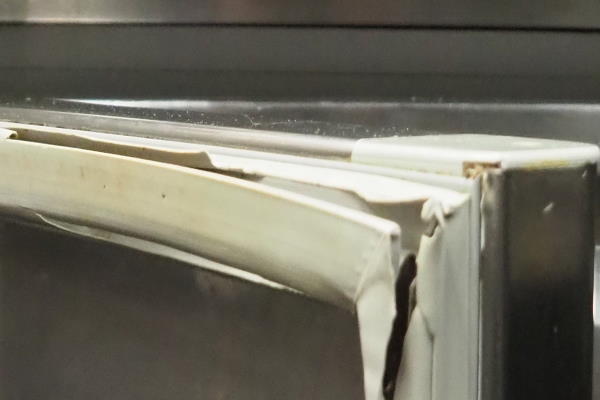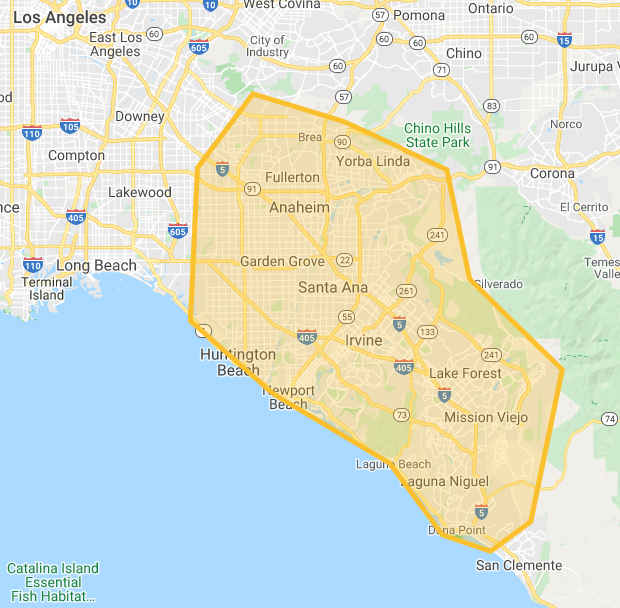How To Fix Your Reach-In Restaurant Refrigerator?
Reach-in restaurant refrigerators help to make meal prep a breeze, especially when you’re talking about in a busy kitchen.
The only problem? When your reach-in restaurant refrigerator isn’t working well, it can greatly impact your business. And in turn, your profits!
So why not learn how to fix your reach-in restaurant refrigerator, or at least how to maintain it so that frequent breakdowns can become a thing of the past?
Keep reading to find out more!
Common Problems With Reach-In Restaurant Refrigerators
The most common problems with reach-in restaurant refrigerators are either a refrigerator that takes too long to cool down, which might be caused by a broken door that’s letting all the cool air out.
Refrigerator Takes Too Long To Cool

If your reach-in restaurant refrigerator takes too long to cool, your food will start to spoil sooner than later, and you can say goodbye to your business’ profits.
You can usually tell your built-in refrigerator isn’t cooling properly if the contents don’t feel as cold as they once did, or that they’re not cold at all.
To fix the problem, you’ll first want to check the power source to make sure that your unit is actually getting power. When power isn’t going to the outlet or a circuit breaker has been tripped ‘off,’ your built-in refrigerator won’t cool down whatsoever.
If the power is ‘on,’ check the refrigerator’s thermostat. In some cases, the thermostat may have been reset or accidentally turned to a different setting. Or, other times, the thermostat itself will become faulty, and will need to be replaced.
On the other hand, if your reach-in fridge is making a lot of unusual noise, it might be time to call in a professional technician to have it service before it breaks down completely.
Door Won’t Close Properly

If your reach-in restaurant refrigerator door doesn’t close properly, it can cause cool air to escape. If the cool air is escaping, it will have a major impact on the interior temperature of your refrigerator.
In turn, this also makes the unit work overtime, which isn’t good for the appliance.
To fix your reach-in restaurant refrigerator doors, you might need to perform any of the following maintenance tasks.
- Removing the old door gaskets and replacing them with new ones to prevent air loss.
- Replace the door switch with a new one if yours is starting to wear out.
- Check the door hinges. Tighten the screws, or replace them with new ones. A loose door could be preventing you from closing it properly, also leading to the loss of your cold air.
If you’ve attempted to change the gaskets or door switch, and your built-in refrigerator still isn’t cooling properly, don’t hesitate to reach out to a local appliance repair service.
Basic Diagnostic Tips
Below, we’ll go over a few more basic diagnostic and maintenance tips to help you get your reach-in restaurant refrigerator back in working order.
Commercial Refrigerator Maintenance

Without a working refrigerator, you can’t safely store or serve food to your customers.
Therefore, at least twice a year, it’s a good idea to call in a professional appliance technician for a routine maintenance check.
This tip is crucial. It ensures you find any potential appliance issues before they get worse.
Avoid Opening the Fridge Door Too Often

Of course, it’s impossible to avoid opening your fridge’s door sometimes. But opening the door too often allows cool air to escape. In turn, the appliance then works extra hard to regenerate the cool air that it’s lost.
To avoid doing this, try to gather all the products that you’ll need at the same time, rather than opening and closing the door each time you need something. This will decrease the number of times the fridge door is opened.
Ensure the Door Closes Properly
Make Sure Condenser Coils Aren’t Overheating

As we’ve already mentioned, always ensure that your built-in refrigerator door closes properly and that it’s forming an airtight seal. This will increase the longevity of the gaskets and door switch, and will also help the refrigerator cool effectively.
Another thing you can do to help is to avoid overcrowding your refrigerator. If you’ve got too many products in your fridge, they might be preventing the door from closing properly. Additionally, storing too much food won’t allow cold air to circulate efficiently through the unit.
Lastly, you can also check the seal around the door by using a slip of paper. If you close the door on the paper and it’s hard to pull out, you know the gasket is working well. On the other hand, if the slip of paper slides out easily with very little resistance, it’s time to replace the gasket.

One of the most common reasons why built-in refrigerator condenser coils overheat is due to dirt and dust. If not diagnosed and repaired in time, overheating condenser coils can eventually lead to a power shortage.
To diagnose this issue, look at the condenser coils, which are usually located behind or underneath your refrigeration unit. If you see a lot of dirt, dust, and debris, they’ll need to be cleaned.
Once the coils are clean, this should prevent them from overheating.
If you’ve cleaned the condenser coils but your unit continues to overheat, your built-in refrigerator could have a coolant leak or some other issues with the compressor or internal fans.
In either situation, don’t hesitate to contact your local appliance repair technicians. They can properly diagnose your refrigerator’s condenser coils, compressor, or any other issues you might have.



